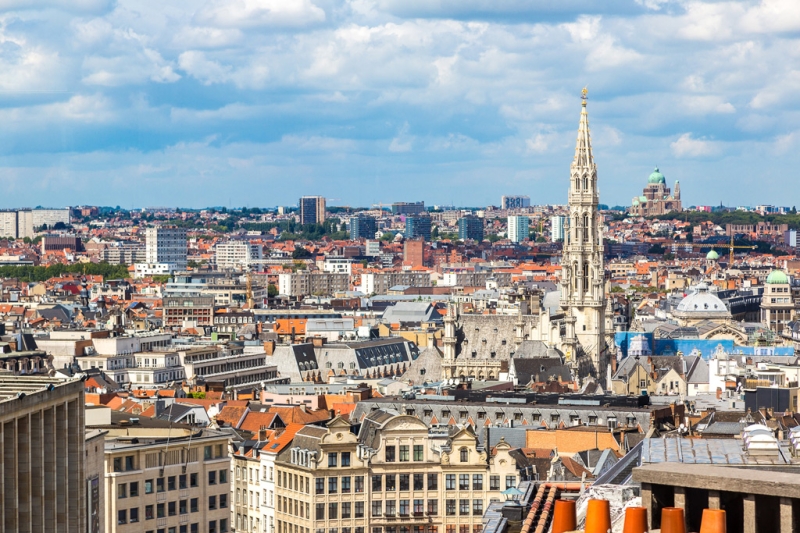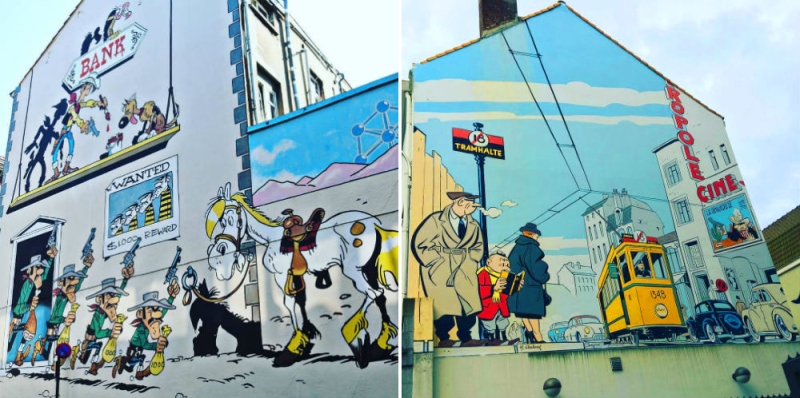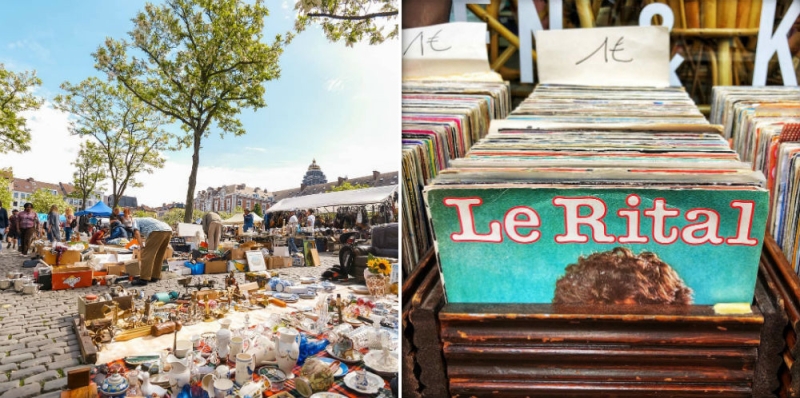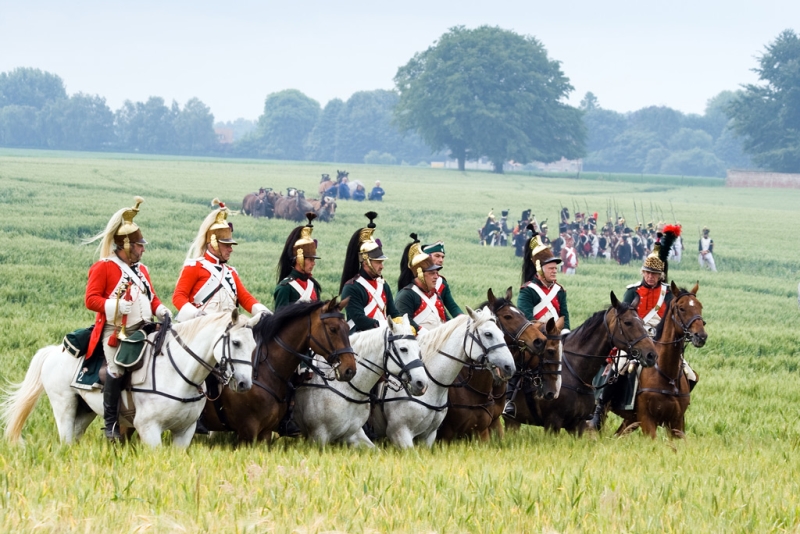
If you are planning a trip to Brussels, we advise you to carefully consider what exactly you want to do on your trip. This will help you concentrate on your adventure and plan an interesting route in advance. We decided to make your task a little easier and offer several of our points for your program.
Idea No. 1: Compare “french fries” and “Belgian fries”

Photo: @emsmith
The famous Belgian chocolate, waffles and Brussels sprouts are not all the culinary achievements of Belgian cuisine that are worth trying. Few people know, but Belgium is the birthplace of French fries. The tradition of deep-frying potatoes dates back to the 17th century. Initially, instead of potatoes, small fish were fried in oil. But one year there was not much fish and enterprising Belgian chefs tried frying potatoes. The result was so impressive that the dish caught on.
Belgian fries differ from the usual “french fries” in the way they are prepared. The Belgians traditionally cut the potatoes into thick wedges and fry them twice in a mixture of beef and ox fat. First, the temperature is set to low, then the potatoes are allowed to cool and fried again at higher temperatures. We invite you to evaluate the taste of Belgian Fries for yourself.
Idea No. 2: Admire Manneken Pis’ outfits

Photo: lukesbe/Instagram.com
It seems that the saying “one meets people by their clothes…” in Brussels they took it literally. Several times a week, volunteers from the non-profit organization Friends of Manneken Pis dress up Brussels’ most famous monument in a new costume. The tradition of dressing up the Manneken Pis statue has been going on since 1698, during which time he has accumulated so many outfits that any fashionista would envy. The costumes have become a separate attraction; they are even exhibited in the Royal Museum. There is also a suit for a US Air Force cadet, a suit for a urologist, and even a suit for a Russian cosmonaut. Clothes represent different cultures, professions, or symbolize important events for the country.
Idea #3: Take a walk along the comic book route

Photo: @crowtwat/@flo_ines_l/Instagram.com
Brussels is the birthplace of comics, they are literally everywhere here. Even on the walls of houses. One of the favorite pastimes of tourists in Brussels is to find and photograph as many comic books depicted on buildings as possible. According to official data alone, there are more than 50 houses decorated in this way in the city. To find them all, you will have to go beyond the popular tourist areas in the city center.
If you are not ready to spend several days exploring urban graffiti, but would like to see everything at once, a visit to the Belgian Comics Center is more suitable for you. The center occupies three floors. Among the exhibits you can find characters from the comics “Tintin” and “The Smurfs” known to every Belgian.
The Comics Center, like many other museums in Belgium, is interactive and designed for different age categories of viewers. Here, for example, you can observe the stages of the creative process and learn how rough sketches turn into finished comic book publications.
Idea #4: Visit a flea market

Photo: @toma.prevo/@valerylippens/Instagram.com
Brussels boasts several flea markets and dozens of antique shops. The most famous antiquities market in Brussels is the Vieux-Marché in du Jeu-de-Balle. It is located in the town square in the Marolles district. The market is open every day from 6:00 to 14:00. You can find anything there: all kinds of jewelry, antique dishes, postcards, old cameras and much more. It’s interesting that things come here from all over the world. Here you can find a Chinese puzzle and antique handmade beads from Africa.
Idea #5: Watch a re-enactment of the Battle of Waterloo

The famous Battle of Waterloo took place 15 kilometers south of Brussels. In June 1815, the army of Napoleon Bonaparte was defeated here. Today at the same place you can see a reconstruction of that greatest battle. During the summer months, thousands of re-enactors participate in recreating the events of 1815. On Fridays you can see how life was organized in the rival camps, and on Saturdays you can watch the battle itself.
The cost of entry to the show is about 20 euros. The organizers and participants of the battle try to recreate all the details, down to the authentic buttons on the soldiers’ uniforms.

